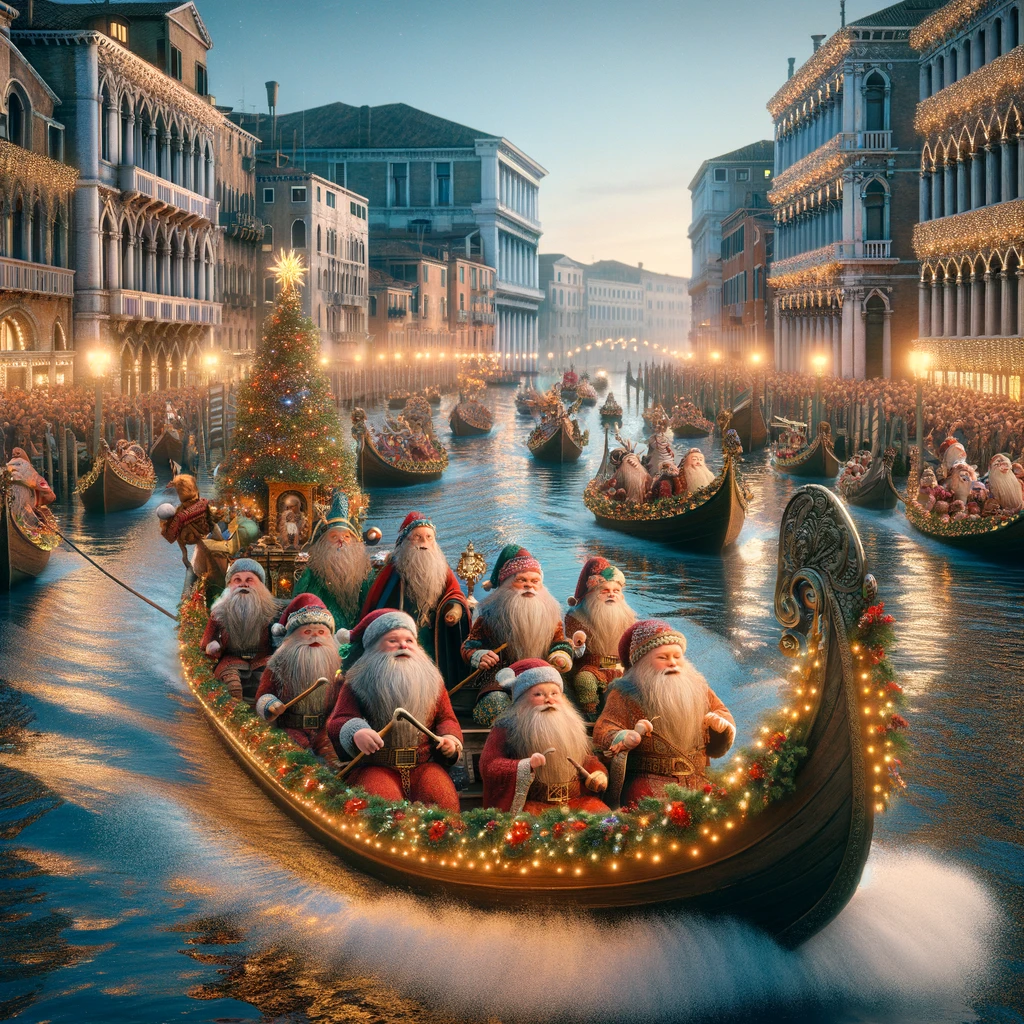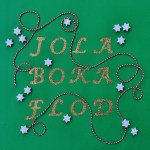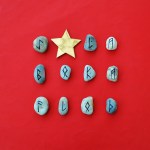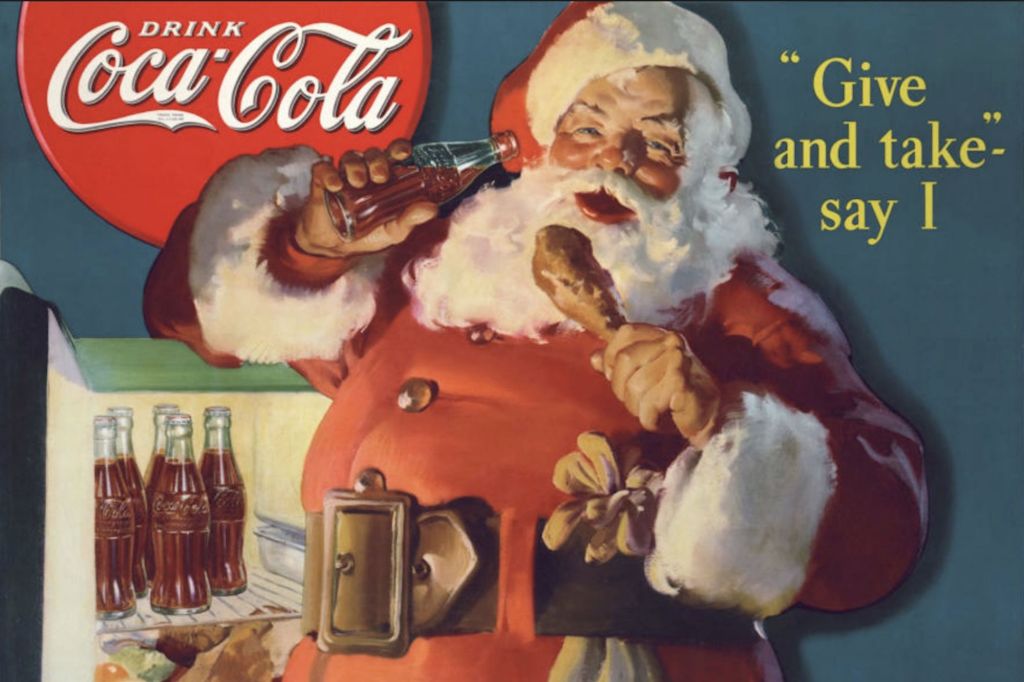What is the origin story of the Christmas Boat Procession in Venice?
The Christmas Boat Procession in Venice, known as “La Festa di San Nicolò,” is a unique and centuries-old tradition in the city. While it may not be as well-known as some other Christmas traditions, it has a rich history rooted in the maritime culture of Venice. Here’s the origin story and some interesting anecdotes about the Christmas Boat Procession in Venice and how this tradition is used to celebrate Christmas:

- Historical maritime city: Venice, Italy, is a city built on islands in a lagoon, and its history and culture are closely tied to the sea. Venice has a strong maritime tradition, and waterways are a central part of the city’s identity.
- Patron Saint: San Nicolò (Saint Nicholas) is the patron saint of Venice and has a special place in the hearts of Venetians. Saint Nicholas is also the patron saint of sailors, making him particularly significant in a city that relied on maritime trade.
Interesting anecdotes about the Christmas Boat Procession

- The tradition: The Christmas Boat Procession in Venice is an annual event that takes place on 6 December, which is the feast day of San Nicolò. It typically includes a procession of boats, gondolas, and other watercraft adorned with festive decorations, lights, and nativity scenes.
- Statue of San Nicolò: A statue of San Nicolò is central to the procession. The statue, often housed in the church of San Nicolò di Lido, is brought out and placed on a boat for a ceremonial voyage around the Venetian lagoon. The statue represents the saint’s protection of sailors and the city.
- Nativity scenes: Many of the boats in the procession carry elaborate nativity scenes, adding a religious and festive element to the event. These nativity scenes are often beautifully crafted and illuminated.
- Lighted candles: Participants in the procession typically carry lighted candles, creating a stunning visual spectacle as they glide along the city’s canals and lagoon. The flickering candlelight adds to the enchanting atmosphere.
- Historic significance: The Christmas Boat Procession in Venice has been taking place for centuries and is a testament to the city’s rich maritime history and devotion to its patron saint, San Nicolò.
- Community involvement: The procession involves not only religious institutions but also local communities, boat owners, and residents of Venice who come together to celebrate and participate in this cherished tradition.
- Unique Venetian experience: The Christmas Boat Procession is a unique way to experience Venice during the holiday season. It provides a different perspective of the city, as it takes place on the water, away from the crowded streets and squares.
- Cultural preservation: Efforts are made to preserve and pass on this tradition to future generations. It is a symbol of Venetian identity and a reminder of the city’s strong ties to the sea.
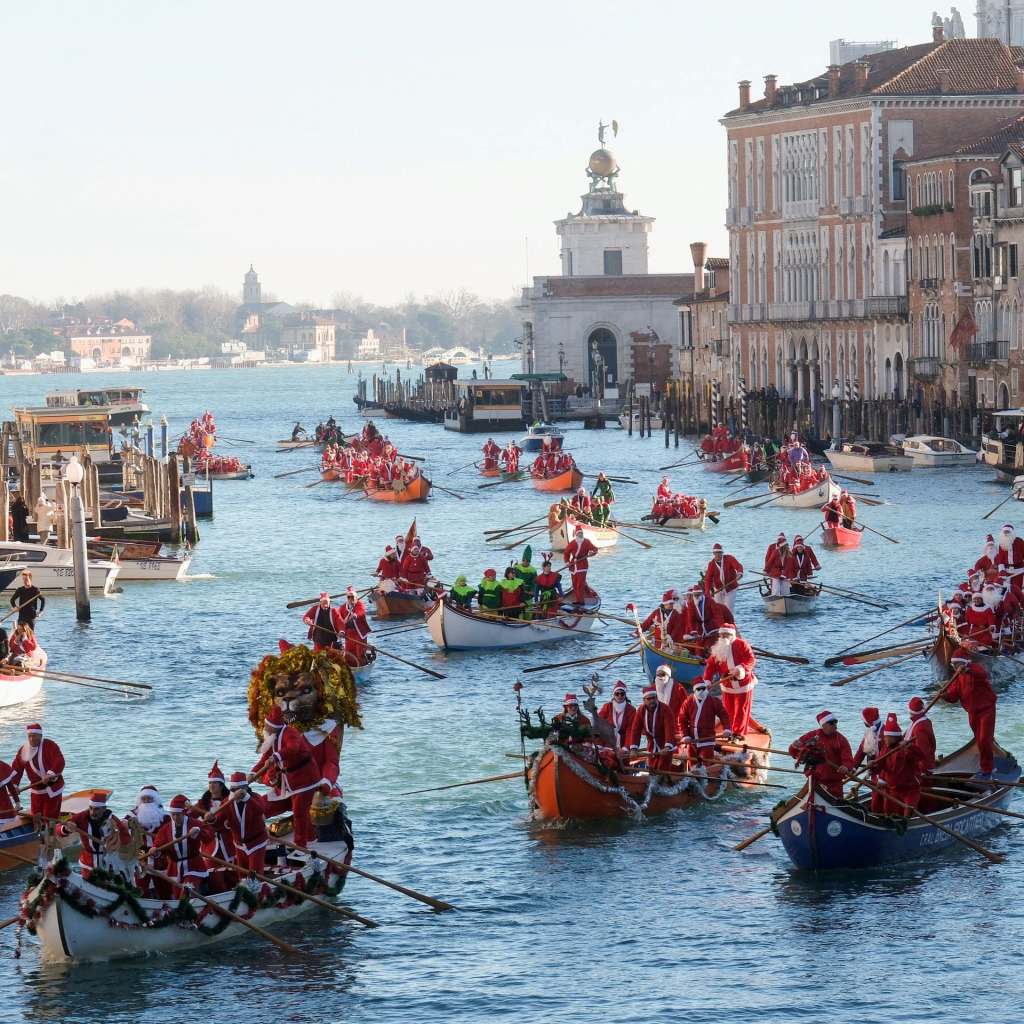
In a nutshell
The Christmas Boat Procession in Venice is a beautiful and culturally significant event that combines religious devotion, maritime heritage, and festive celebration. It offers locals and visitors alike a chance to experience the magic of Venice during the holiday season while honoring the patron saint of the city and its seafaring history.
Coda
Here are the Yule Lads, imagined by DALL-E 3, taking part in the Christmas Boat Procession by sailing on a gondola on the Grand Canal in Venice, Italy.

